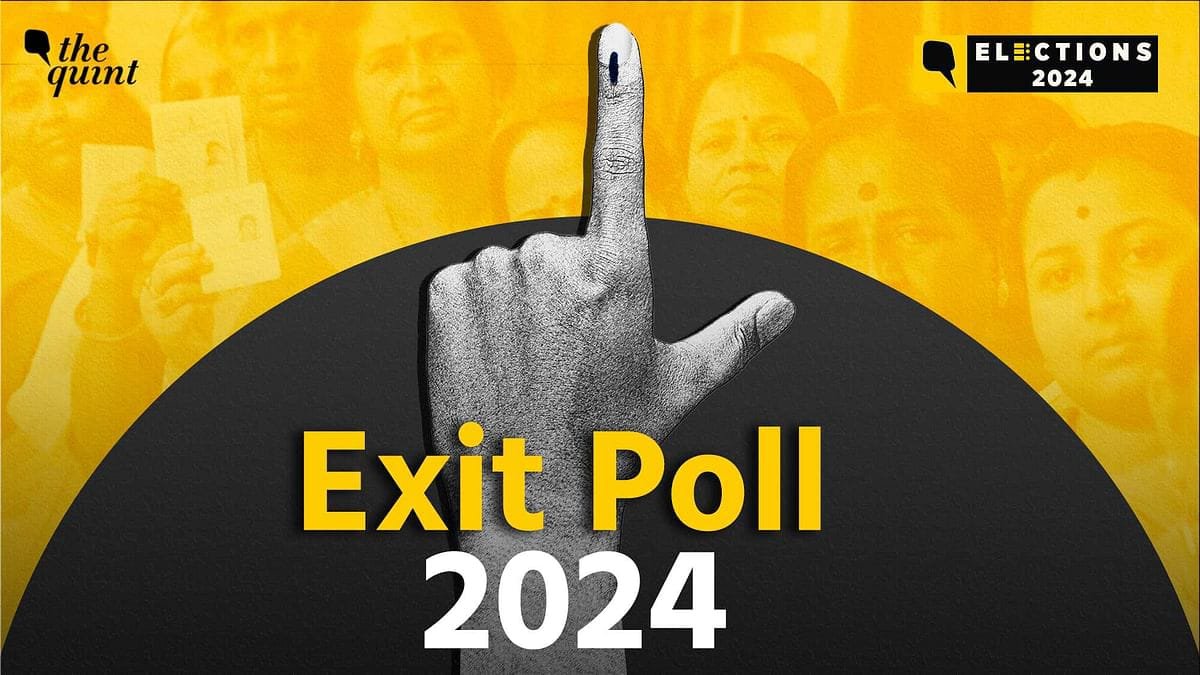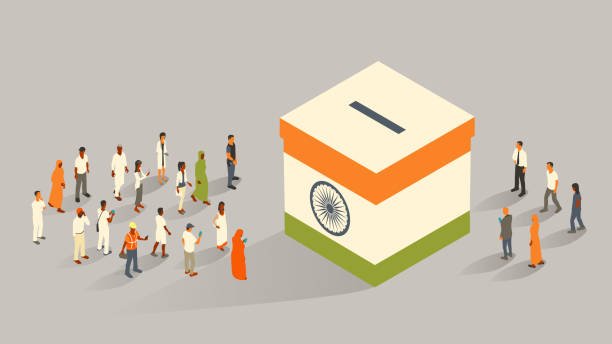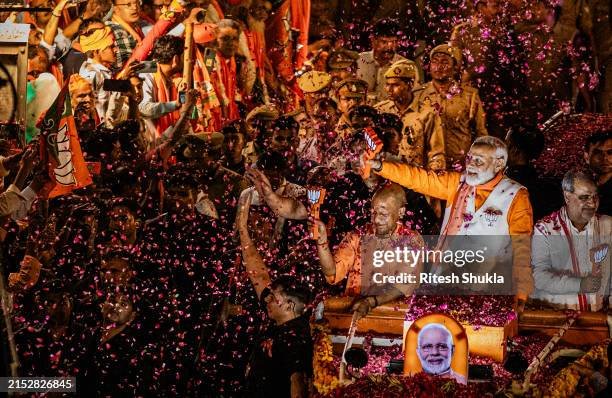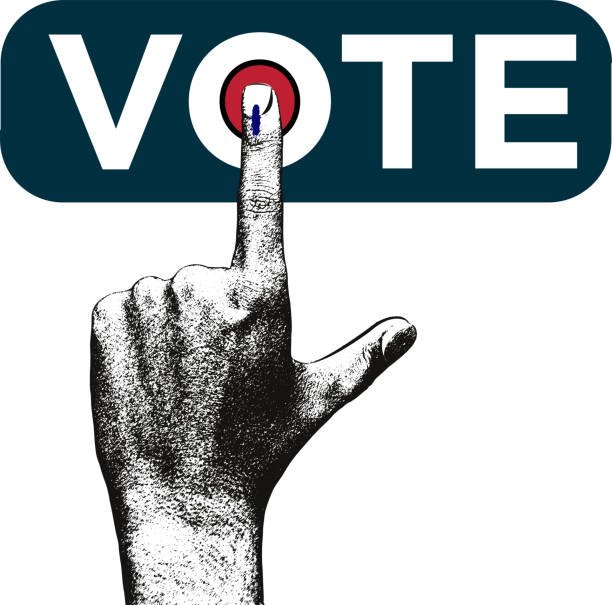What Are Exit Polls?
Exit polls are surveys conducted immediately after voters leave polling stations. In India, these polls aim to predict the outcome of elections by capturing voters’ preferences as they exit the voting booths. Typically, media organizations and research firms carry out these polls, employing methodologies such as face-to-face interviews and structured questionnaires to gauge how individuals voted.

How Are Exit Polls Conducted?
Sampling: Exit polls rely on a representative sample of voters from various polling stations across different regions. This sampling must account for the diverse demographic and geographic landscape of India.
Questionnaires: Voters are asked whom they voted for, along with demographic questions to ensure the sample accurately reflects the population.
Data Analysis: The collected data is analyzed to predict the likely outcome of the election. Sophisticated statistical models and historical voting patterns are used to interpret the data.
Why Do Exit Polls Often Predict Correctly?
Methodological Rigor: Reputable agencies employ robust statistical methods and ensure their samples are representative of the larger voting population. They use past voting patterns, demographic data, and statistical techniques to refine their predictions.
Immediate Feedback: Unlike opinion polls, which are conducted days or weeks before the election, exit polls capture real-time voter behavior, reducing the uncertainty caused by last-minute changes in voter sentiment.
Large Sample Sizes: To enhance accuracy, exit polls often involve large sample sizes. This helps in minimizing errors and making the predictions more reliable.
Voter Honesty: Voters are generally more willing to reveal their true preferences after they have voted, making exit polls more accurate than pre-election surveys, where respondents might conceal their actual intentions.
Limitations and Criticisms
Despite their frequent accuracy, exit polls are not infallible. There have been instances where predictions have been off the mark due to:
Sampling Errors: If the sample is not perfectly representative, predictions can be skewed.
Response Bias: Some voters might refuse to participate, or others might not disclose their true voting preference.
Technical Challenges: Conducting such polls in remote or conflict-prone areas can be challenging, leading to potential biases in the data.
Election Dynamics: Multi-phase elections in India add complexity, as voter preferences can shift between phases due to various factors like campaign developments or regional issues.
The Role of Exit Polls in Indian Democracy
Exit polls play a significant role in the democratic process by providing an early indication of election outcomes. They generate public interest and discussion, influence stock markets, and can impact political strategies. However, their release is regulated to prevent influencing ongoing voting, particularly in multi-phase elections.

What does the exit poll of the 2024 election say?
After the last phase of Lok Sabha election on 1 June , many news channels in their Exit Poll claiming that the NDA party is going to make the government in the 3rd consecutive year with the majority of the vote.In total seats of the Parliament i.e 543
NDA :- 361-401
India:-131-166
Others:- 8-10
This data is taken from India today and not promised to be accurate.
However, it’s very fascinating to see that NDA will cross the milestone of 400 or not, as we can see in their manifesto.

Conclusion
Exit polls in India are a fascinating blend of statistical science, sociology, and political strategy. While they often provide accurate predictions, they are not without limitations. Understanding their methodology and the reasons behind their frequent accuracy helps demystify how they work and underscores their importance in the Indian electoral landscape. As with any predictive tool, critical consumption and awareness of potential biases are key to interpreting their results effectively.

